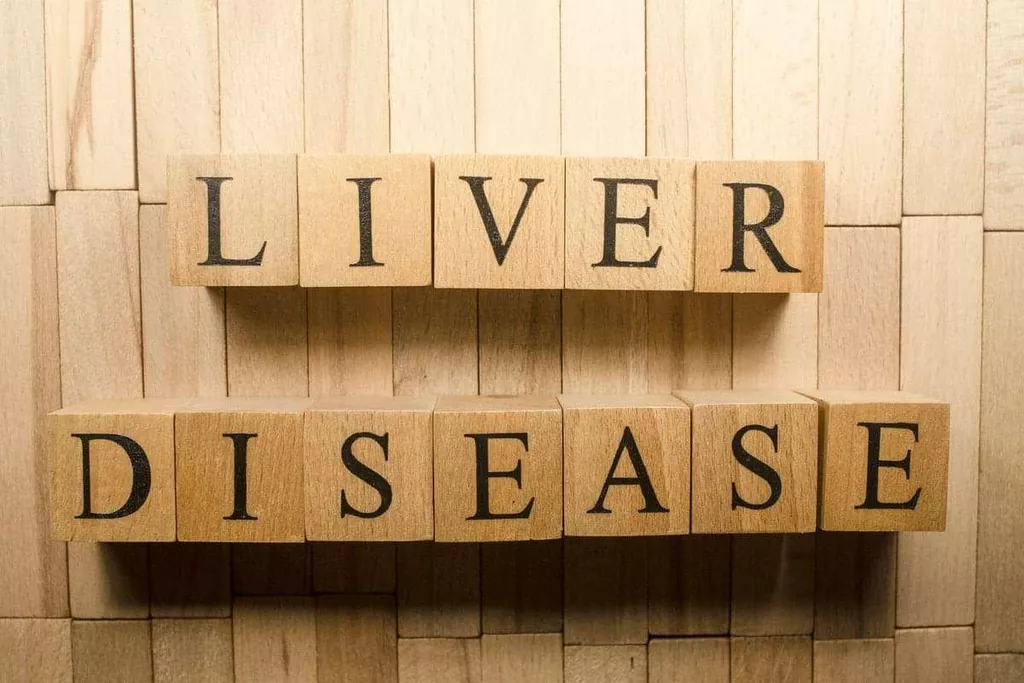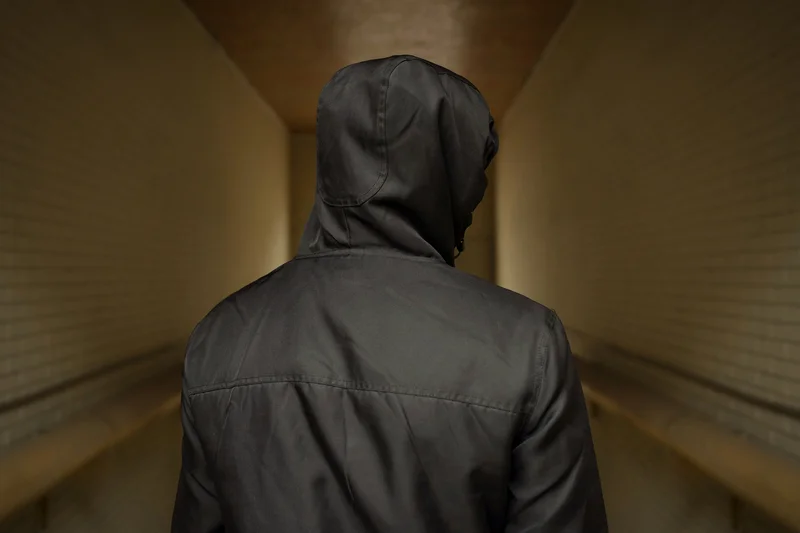
This article also describes opioid withdrawal by stage and provides information on when to contact a doctor and the dangers of opioid use disorder. It occurs when a person with opioid use disorder abruptly stops using opioids. This can put them at very high risk for life-threatening adverse effects if they start taking the same dose they were previously taking. When an opioid is taken by another route, such as intravenously (by IV), it doesn’t need to be metabolized to have an effect. Since opioids taken by IV bypass the metabolic process, they bind to receptors more quickly. The drugs go directly into the blood- stream and then into the central nervous system.
Long-term effects

Information provided by NIDA is not a substitute for professional medical care or legal consultation. Medications for opioid use disorder are safe, effective, and save lives. But if you’ve taken opioids for more than a few days, you’ll want to get professional support for tapering your dose, or reducing it recovery from opioid addiction gradually. If you only use opioids for a few days after surgery, you can simply stop taking them once the severity of your pain improves, which usually happens within a few days.

Paying for Opiate and Opioid Rehab
- It would be cruel and inhumane to not sufficiently treat any patient’s pain, especially after surgery, and it is important not to discriminate against people with SUDs.
- Buprenorphine is unlike other opioids in that it does not lead to a greater high the more you take.
- Like treatment for other chronic diseases such as heart disease or asthma, addiction treatment is not a cure, but a way of managing the condition.
- They stay in the blood- stream at a steady concentration for longer periods of time when taken by mouth.
Buprenorphine addiction treatment, for instance, uses this partial opioid agonist to help manage cravings and withdrawal symptoms, allowing individuals to focus on their recovery without the constant distraction of physical discomfort. For example, a person may feel depressed and use opiates to experience pleasure and joy. Or, they may feel depressed about their opiate use disorder and continue using the drugs to cope. It is critical to simultaneously address substance abuse and co-occurring mental health disorders in treatment for true healing. Opioids are a class of natural, semi-synthetic, and synthetic drugs that include both prescription medications and illegal drugs like heroin. Prescription medications such as oxycodone (OxyContin®), hydrocodone (Vicodin®), morphine, codeine, fentanyl, and others are mainly used for the treatment of pain.
Current.
Despite a general lack of data concerning the ways in which individuals resolve substance use problems, investigations conducted to-date have largely focused on alcohol (e.g., Dawson et al., 2006, 2007; Lopez-Quintero et al., 2011). Moreover, a substantial proportion of this literature has examined problem resolution in the context of a treatment setting (Gossop et al., 2002; Dobkin et al., 2002; Adamson et al., 2009). Though treatment-focused research offers important insight to recovery pathways, only 7.5% of American adults with a past-year substance use disorder receive treatment (Lipari & Van Horn, 2017). Substantially fewer publications address other drug use disorders, but those that have report smaller proportions of individuals achieving remission without some kind of service utilization (McCabe et al., 2016). Most notably, the best evidence there is currently for treating opioid use problems is with pharmacological approaches such as buprenorphine, methadone, and naltrexone (Mattick et al., 2014; Scott et al., https://ecosoberhouse.com/ 2017; Morgan et al., 2018). Still, national probability-based estimates of problem resolution that pertain specifically to opioids are lacking.
“Remove the Risk”
Ongoing follow-up studies of individuals seeking treatment in this newer age of opioid addiction and treatment are needed, such as the Weiss et al. study mentioned above. Recovery takes time, and it is important to map out your road to recovery. From recognizing addiction as a disease to understanding our treatment services, AppleGate Recovery is here for you to achieve long-lasting recovery.
- Noscapine is a marginal case as it does have CNS effects but not necessarily similar to morphine, and it is probably in a category all its own.
- However, We know this is impossible without addressing mental health needs at the same time.
- I’m sure there are Shaolin monks somewhere who can block out high levels of pain, but that just isn’t me.
- From medical detox to rehab to aftercare, we are focused on supporting your recovery every step of the way.
- Addiction treatments were once restricted to in-person meetings but can now happen anytime and anywhere with a reliable internet connection.
Prevalence Estimates

The goal is to provide a well-rounded approach that addresses all aspects of an individual’s health and well-being. Treating narcotic addiction requires a comprehensive approach that addresses both the physical Alcoholics Anonymous and psychological aspects of dependency. Detoxification is often the first step, helping individuals safely navigate the withdrawal process under medical supervision. This can be a challenging period, but it’s a necessary hurdle on the path to recovery. The long-term consequences of untreated opioid addiction are severe and far-reaching.